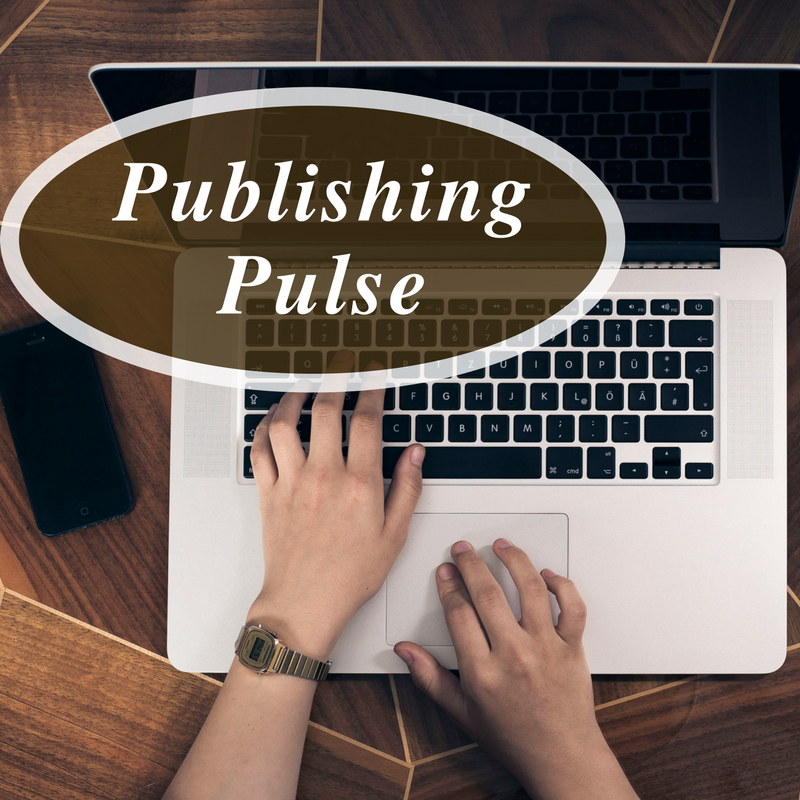
What is Sustainable Publishing?
Sustainability is a hot topic in every industry. 69% of consumers say they’ve made changes to their shopping habits…
October 28, 2023
Sustainability is a hot topic in every industry. 69% of consumers say they’ve made changes to their shopping habits…
October 28, 2023
Writers Chat, hosted by Johnnie Alexander, Brandy Brow, and Melissa Stroh, is the show where we talk about all…
October 18, 2023
When you submit your materials, editors, agents and publishing executives prefer to read a well-crafted proposal instead of a…
September 26, 2023
Writers Chat, hosted by Johnnie Alexander, Brandy Brow, and Melissa Stroh where we talk about all things writing, by…
August 28, 2023
At a small coffee shop, I met Joe Leininger who had traded for ten years in the Eurodollar Pit…
August 25, 2023
Writers Chat, hosted by Jean Wise, Johnnie Alexander, and Brandy Brow, is the show where we talk about all…
April 20, 2023
Among writers in the publishing community, there is a false belief that my submission does not have to be…
February 25, 2023
So, it’s Christmas and we’re all still dealing with Covid. Who would have imagined a year ago when we…
December 22, 2020
We live in a “hurry up” culture. If someone doesn’t answer their email or text you back right away,…
November 25, 2020
An interesting thing happened to me on my way to being traditionally published. During my most recent edit, the…
September 20, 2020
From my experience in publishing, editors and agents are often slow to respond to submissions. This time lag…
November 25, 2019
Last month we talked about the basic steps involved in getting your manuscript ready for submission. This month, I…
November 16, 2019
When I meet with writers at writing conferences, they aren’t always afraid to share why they want a literary…
October 9, 2019
I understand the struggle that aspiring authors often face on their attempt toward publication. Honestly, this is one of…
April 9, 2019
If you are an author, a human being writing for other human beings, you have been blessed with a…
January 12, 2019
I don’t think many authors have a clue about how rugged the economic terrain is for the average publishing…
December 12, 2018
There seem to be plenty of people out there who have never published anything, but are happy to give…
October 12, 2018